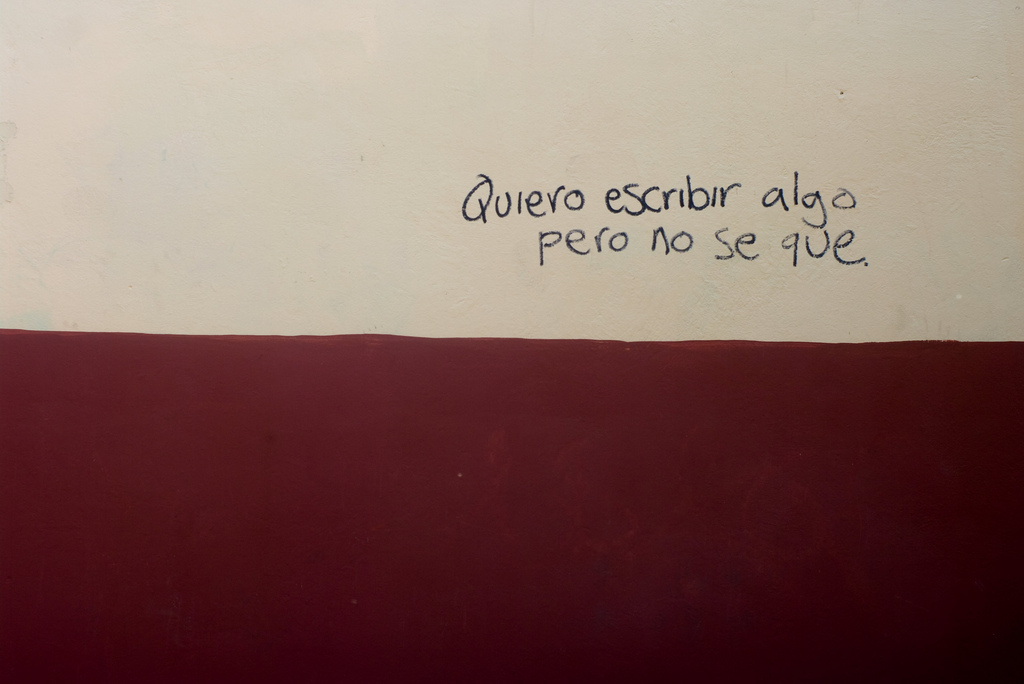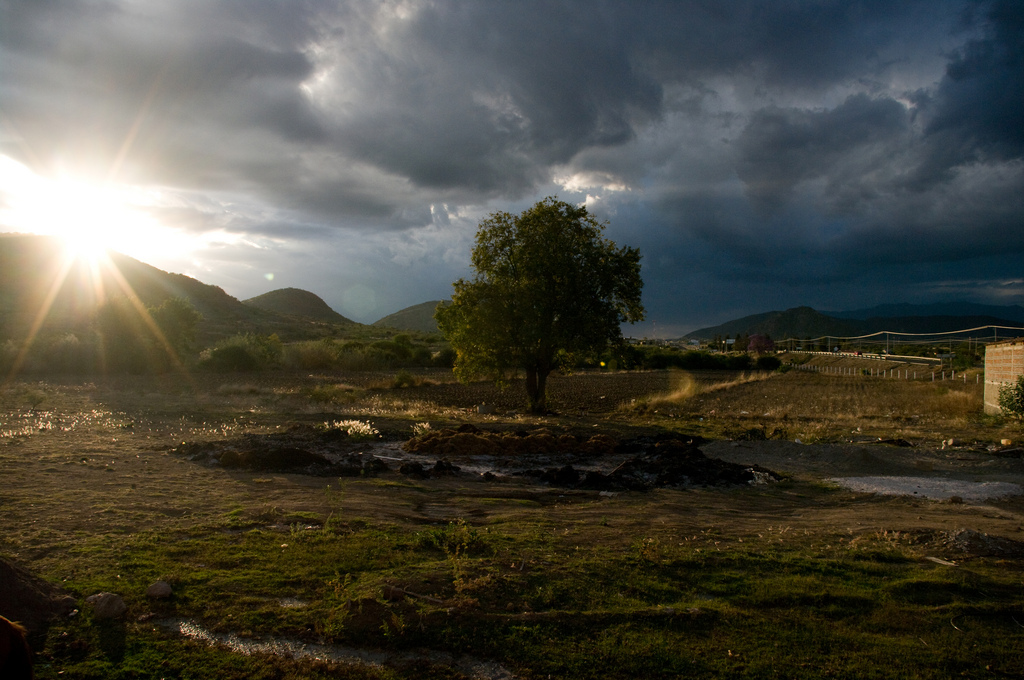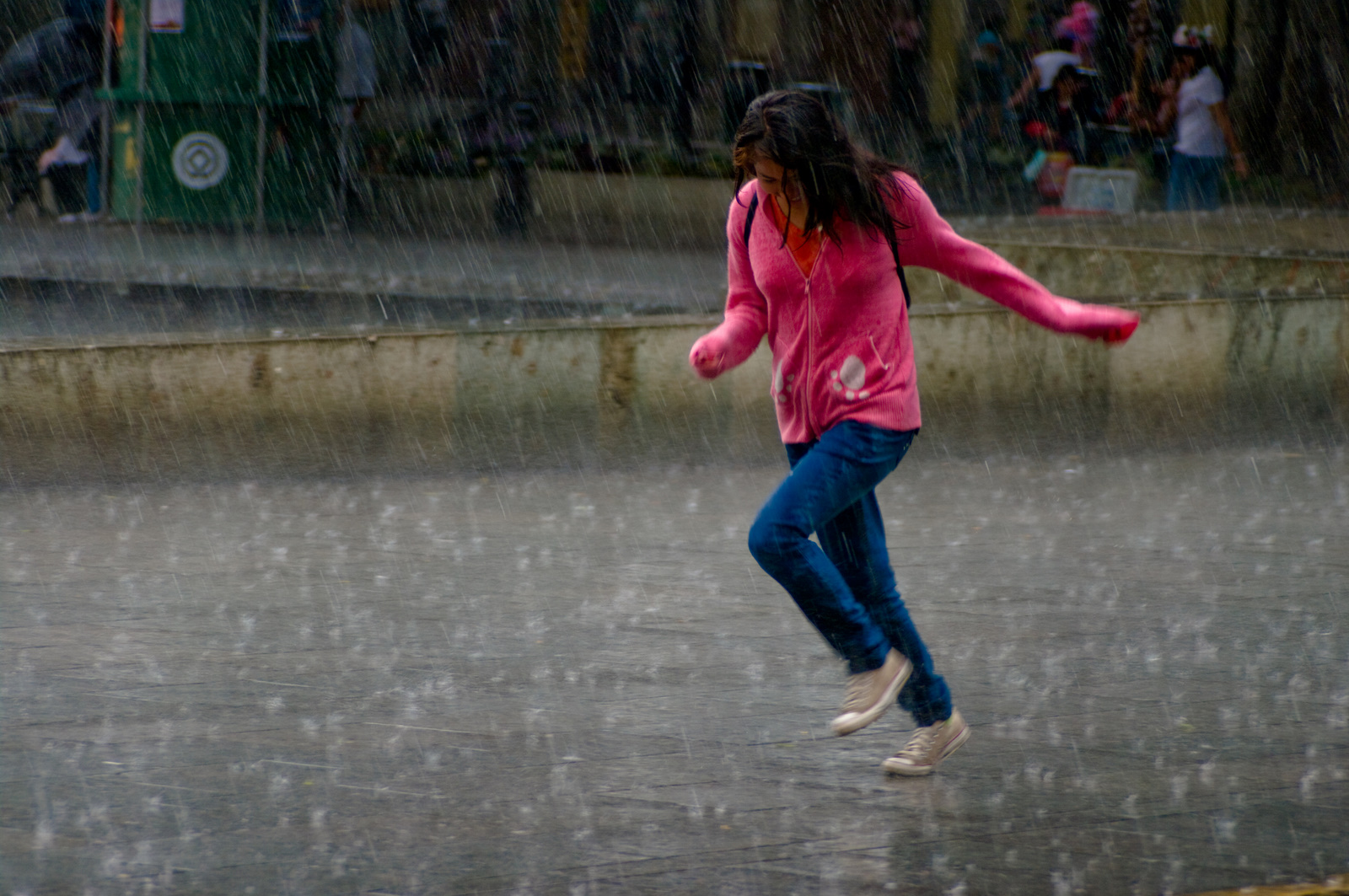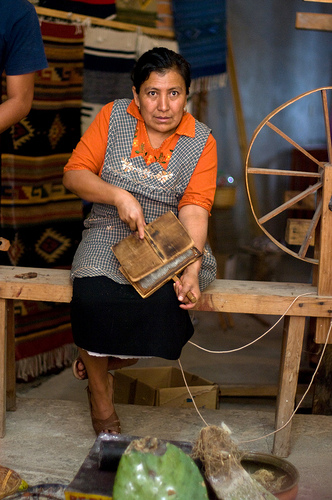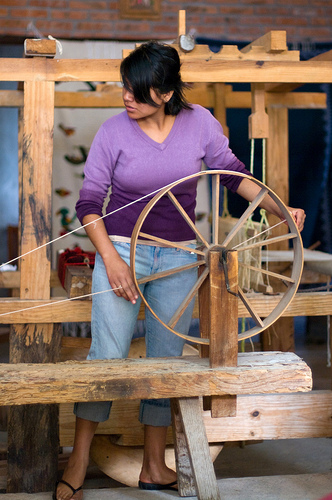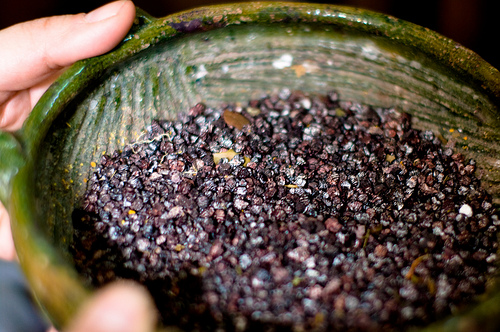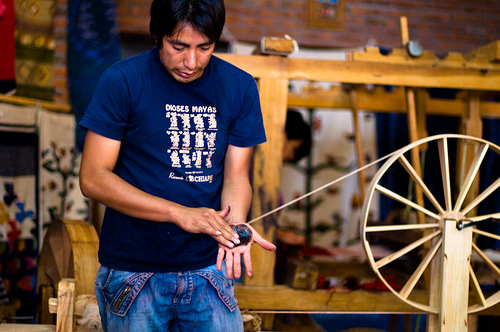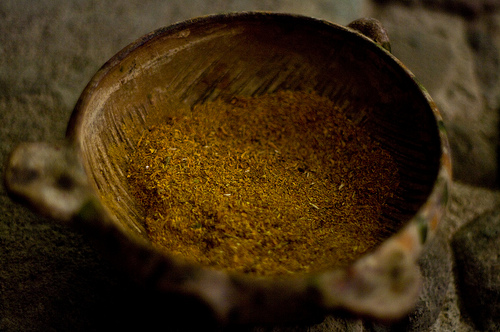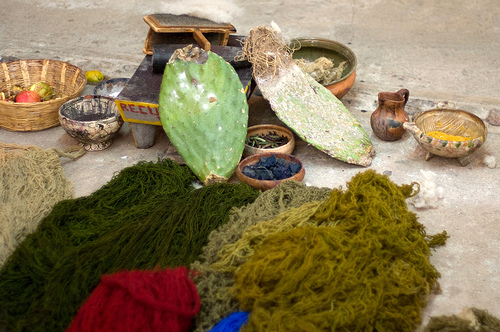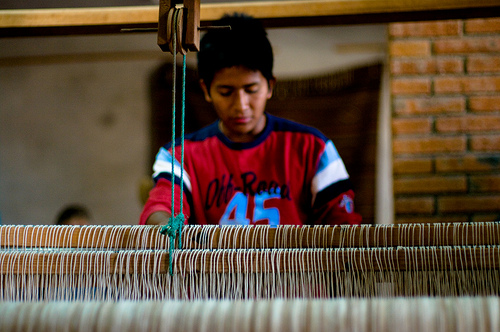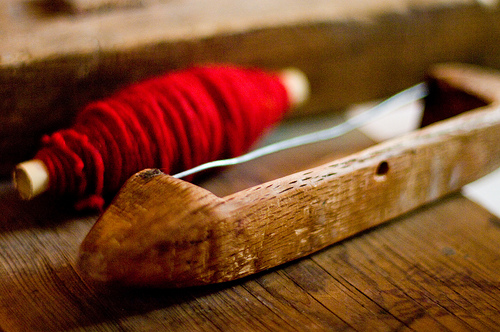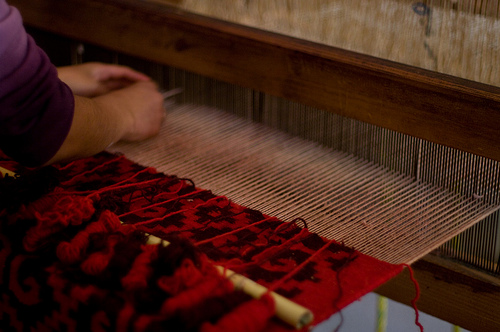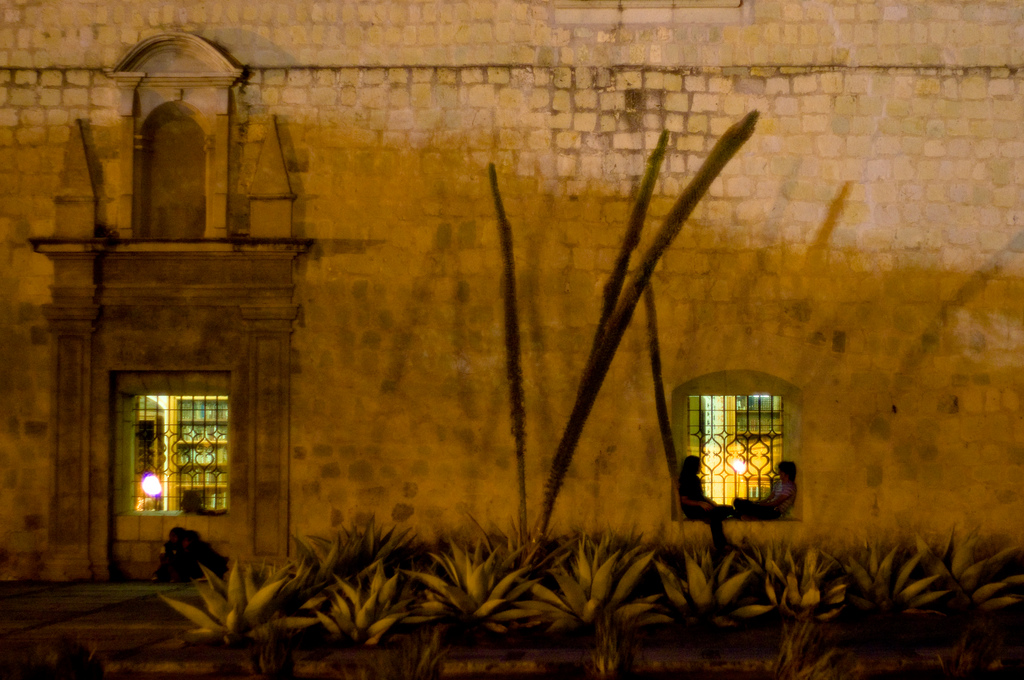Loved this graffito in Oaxaca (I want to write something but I don’t know what). I want to post it everywhere as it captures a feeling I regularly get.
Today we might finally sit down with a calendar and work out how this summer is going to happen. There’s a lot to sort out, and I keep getting asked for dates for everything. Hopefully we’ll sort it out today so I can give more useful answers.
(more…)
